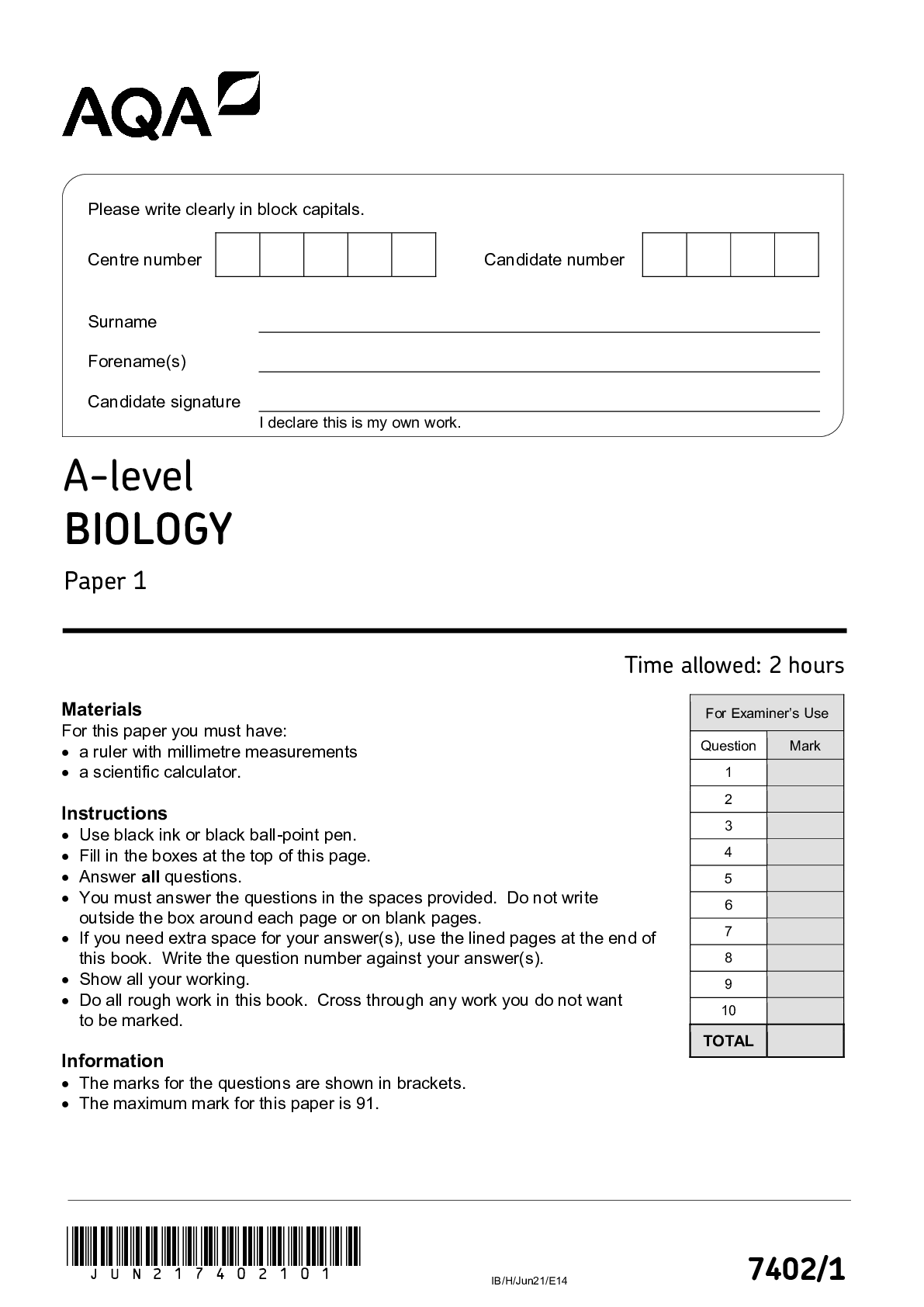History > AQA Question Papers > GCSE_HISTORY_8145_2BD-The London Coffee Houses of the restoration period-2023_final (All)
GCSE_HISTORY_8145_2BD-The London Coffee Houses of the restoration period-2023_final
Document Content and Description Below
The London Coffee Houses of the Restoration period, Restoration England, 1660–1685. The purpose of this pack is to provide you with guidance and resources to support your teaching about The L... ondon Coffee Houses of the Restoration period, the 2023 specified site for the historic environment part of Restoration England, 1660–1685. It is intended as a guide only and you may wish to use other sources of information about The London Coffee Houses of the Restoration period. The resources are provided to help you develop your students’ knowledge and understanding of the specified site. They will not be tested in the examination, as the question targets AO1 (knowledge and understanding) and AO2 (explaining second order concepts). The London Coffee Houses of the Restoration period By the late fifteenth century European traders and merchants who travelled to the Middle East and Turkey had tried drinking coffee, which one described as, ‘black as soot, and tasting like it.’ However early European coffee drinkers recommended it for its medicinal benefits, believing that it stimulated the brain and could help cure illnesses such as headaches, gout, and skin complaints. Also, unlike wine and beer, large amounts could seemingly be drunk without any ill effects. A coffee serving jug common in the seventeenth century, and a silver coffee pot with a leather handle which was made in London and presented to the East India Company in 1681. The first coffee house in England was opened in Oxford in the 1650s. London soon followed when Pasqua Rosée opened a coffee house in St. Michael's Alley, Cornhill, in 1652 (Resource D). Rosée was the Greek servant of a merchant, Daniel Edwards of the Levant company,* who prepared coffee for his master whenever he was in this country after returning from the Middle East. Edwards and his friends enjoyed the taste, so he suggested that his servant open the city’s first coffee house. Edwards funded the new business and it was an instant success, with Pasqua selling over 600 cups or bowls of coffee a day, much to the despair of the ale houses and inn keepers of Cornhill. *A trading company set up by Queen Elizabeth I in 1592 to trade with Turkey and the eastern Mediterranean. It competed in the supply of coffee with the East India Company which had also been set up by Queen Elizabeth and given further rights and powers by Charles II. The popularity of coffee houses By 1663 there were 82 coffee houses in the City of London (Resource A) while by the 1720s there were probably over 500 of them in the capital, serving hot chocolate, alcohol and food as well as coffee. It was thought that coffee encouraged thoughtfulness, sophistication and witty talk. It was also seen as a remedy for drunkenness and violence. Coffee houses were very popular because they provided a relaxed, social atmosphere where it only cost a one penny for a cup of coffee (Resource B). Inside, customers could enjoy a cup of coffee, smoke a clay pipe, read the news sheets of the day, and enter into conversation with others. A 1661 pamphlet, ‘The Character of Coffee’ celebrated the fact that coffee houses were open to all comers and that there were no reserved seats, concluding that true equality was only to be found in the coffee house. Not all were in favour of this, however, as in 1670, the poet and Royalist Samuel Butler criticised coffee houses where ‘gentlemen, workmen, Lords and scoundrels mix as if they were all equal.’ Although some coffee houses had female staff or owners, many respectable women did not want to be seen inside them. The Women’s Petition Against Coffee (1674) criticised how the ‘new-fangled and disgusting foreign liquor called coffee ‘had turned their strong and hard-working men into weak and babbling layabouts who wasted their time in coffee houses (Resource E). While there is a debate 4 IB/M/Jun23/8145/2B/D among historians about who exactly was responsible for writing this petition, it nonetheless drew a swift response at the time in the form of the Men’s Answer to the Women’s Petition against Coffee, which claimed that ‘cheap inferior wine’ and ‘muddy ale’ made men weak, whereas coffee made men full of vigour. Coffee houses and society in Restoration Londo [Show More]
Last updated: 8 months ago
Preview 1 out of 25 pages
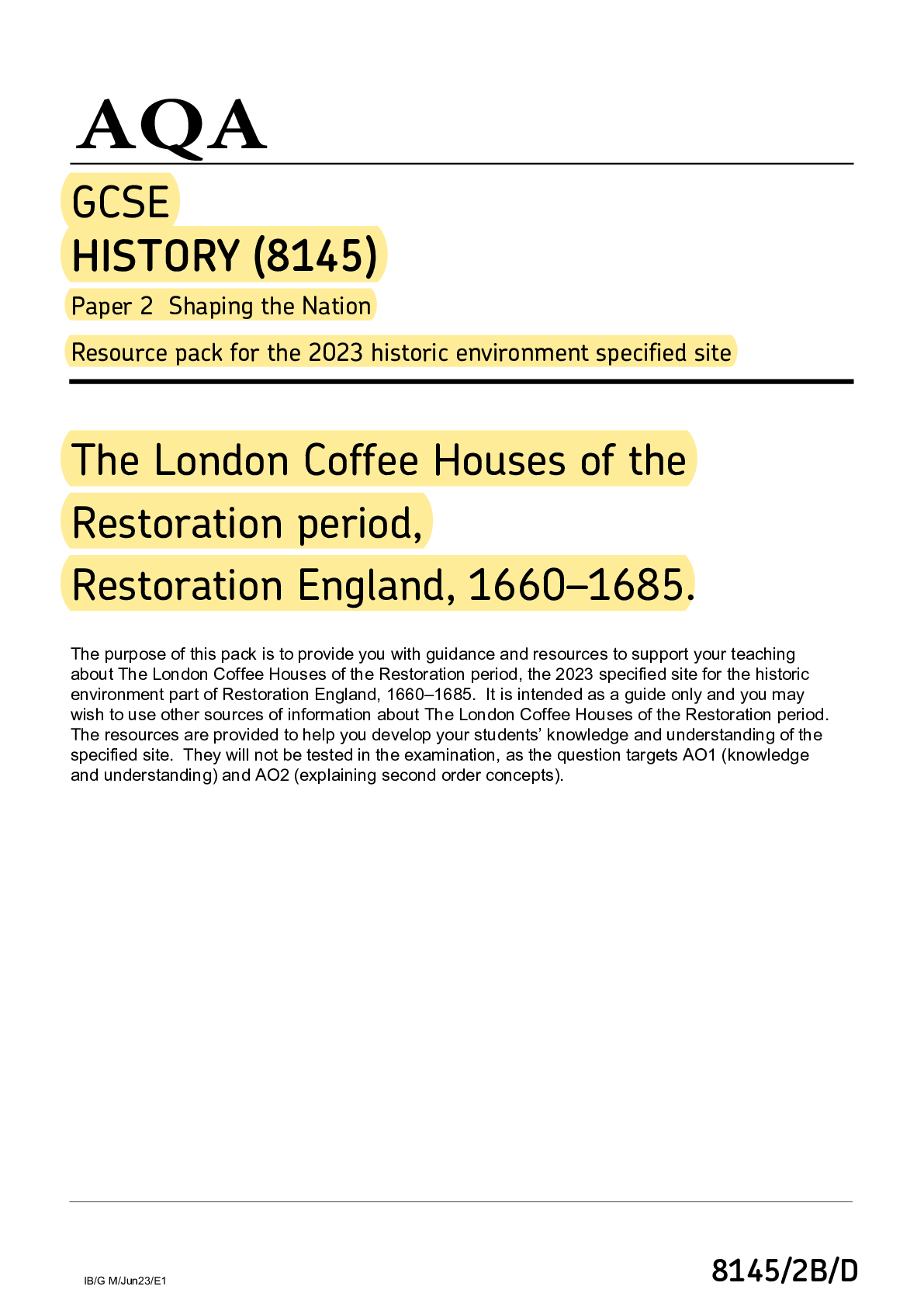
Reviews( 0 )
Document information
Connected school, study & course
About the document
Uploaded On
Sep 12, 2023
Number of pages
25
Written in
Additional information
This document has been written for:
Uploaded
Sep 12, 2023
Downloads
0
Views
79


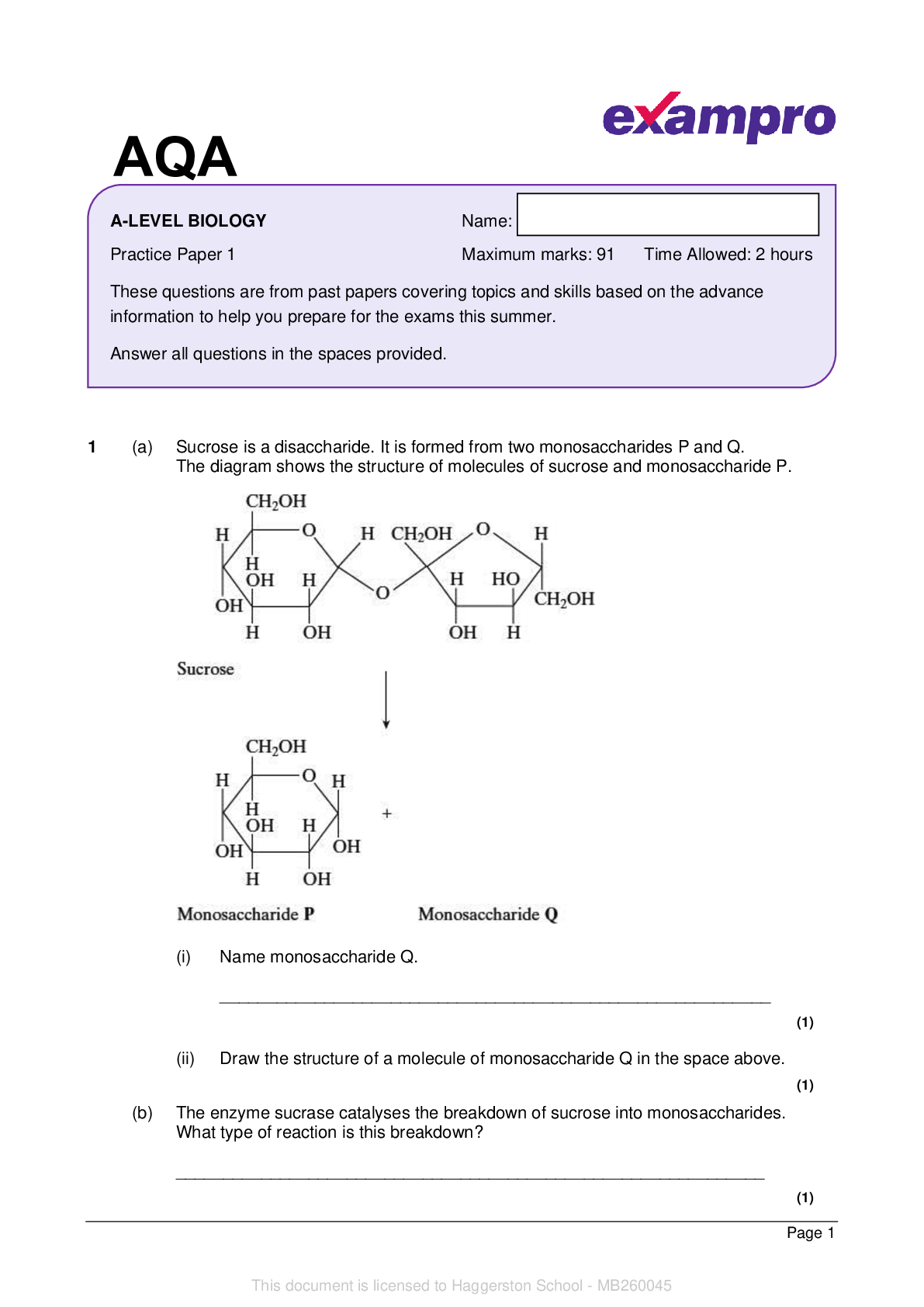

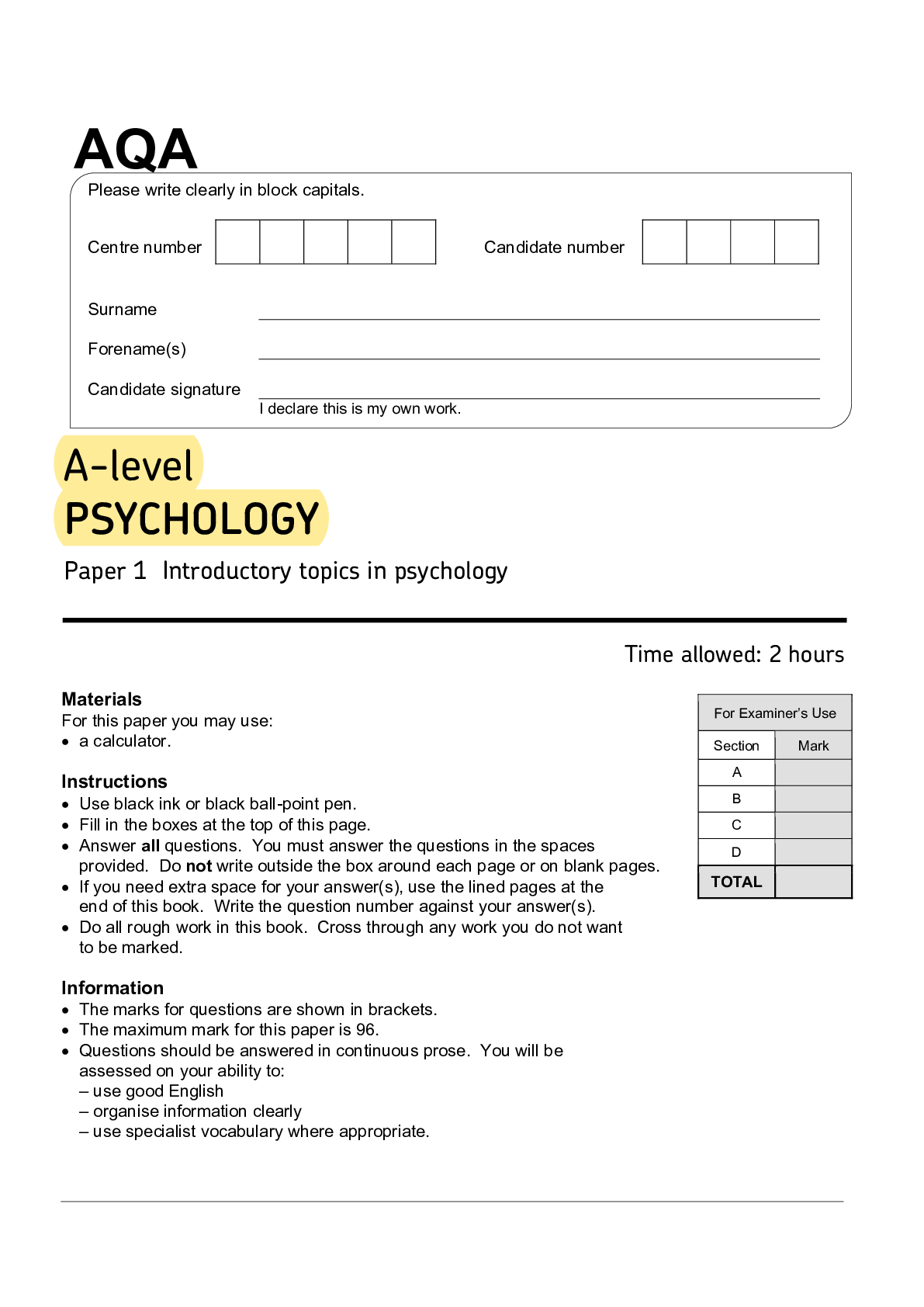
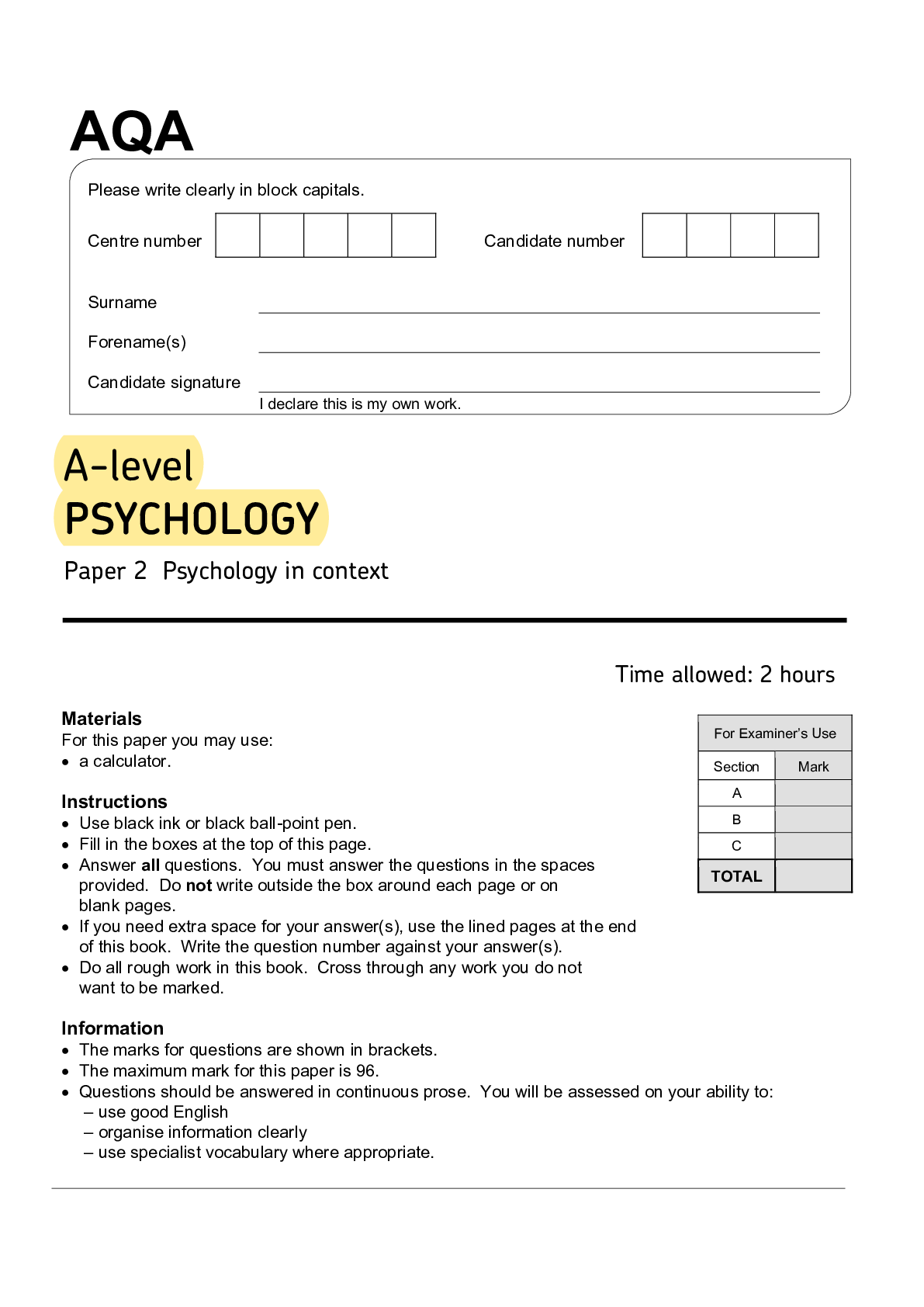

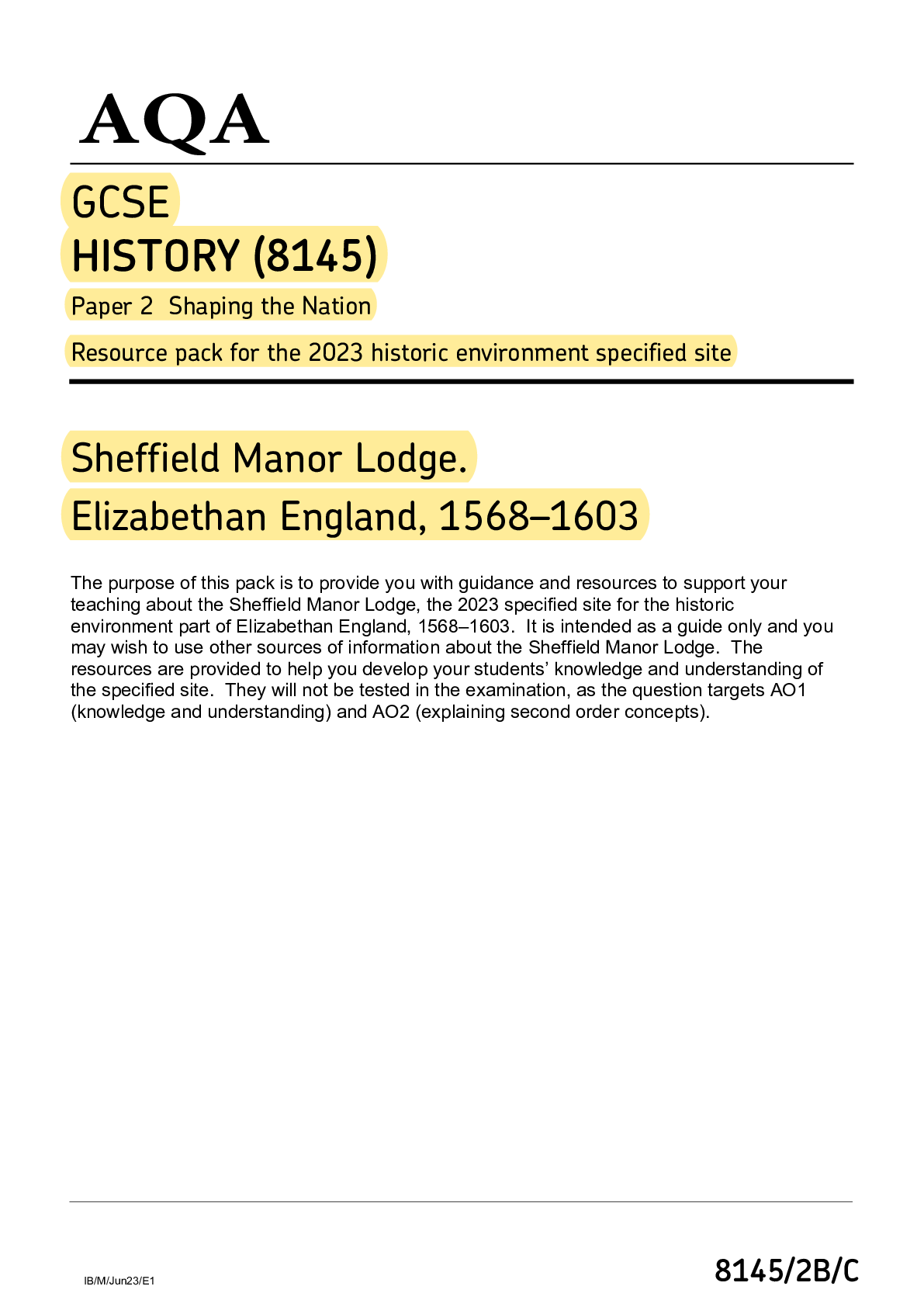

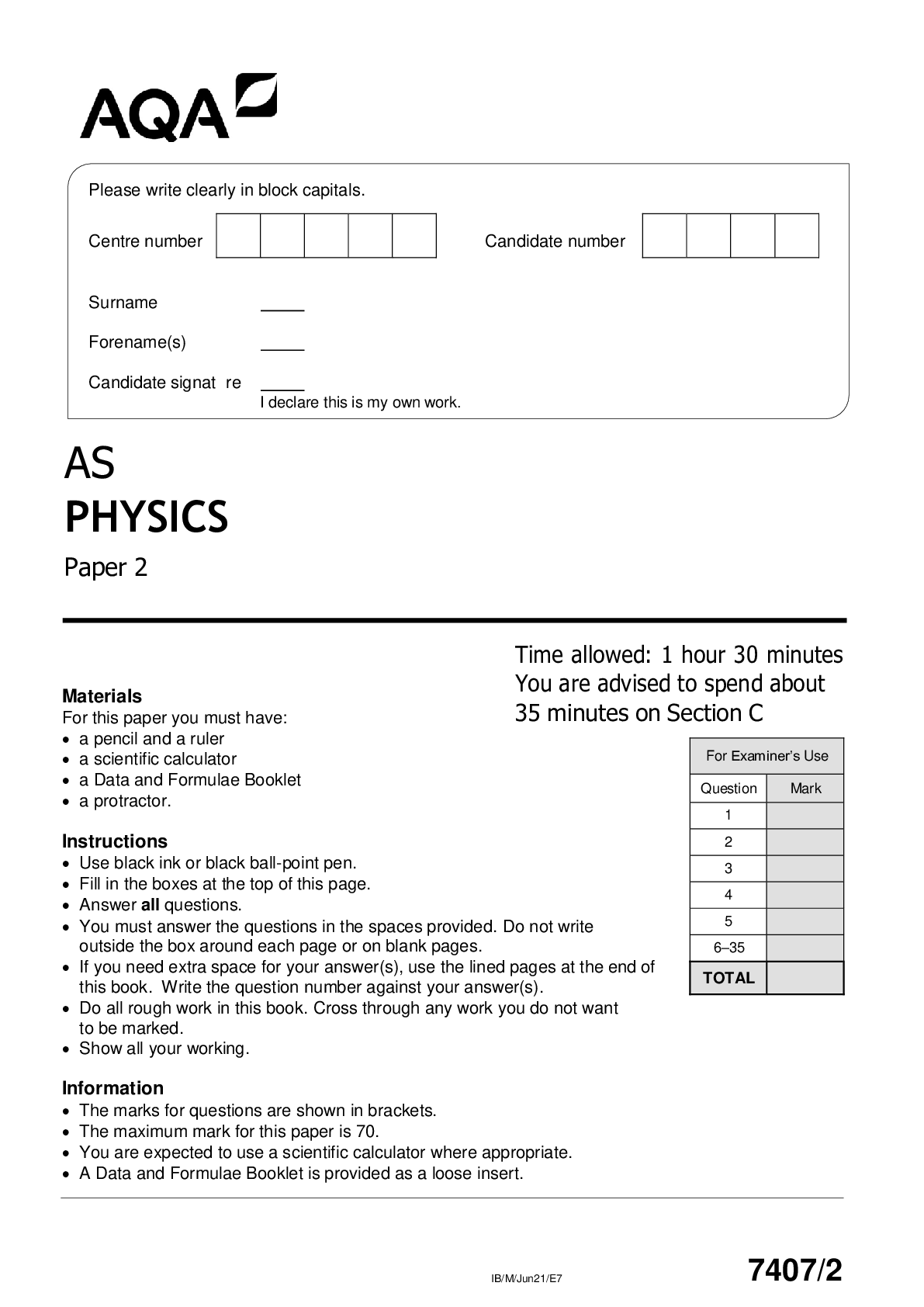

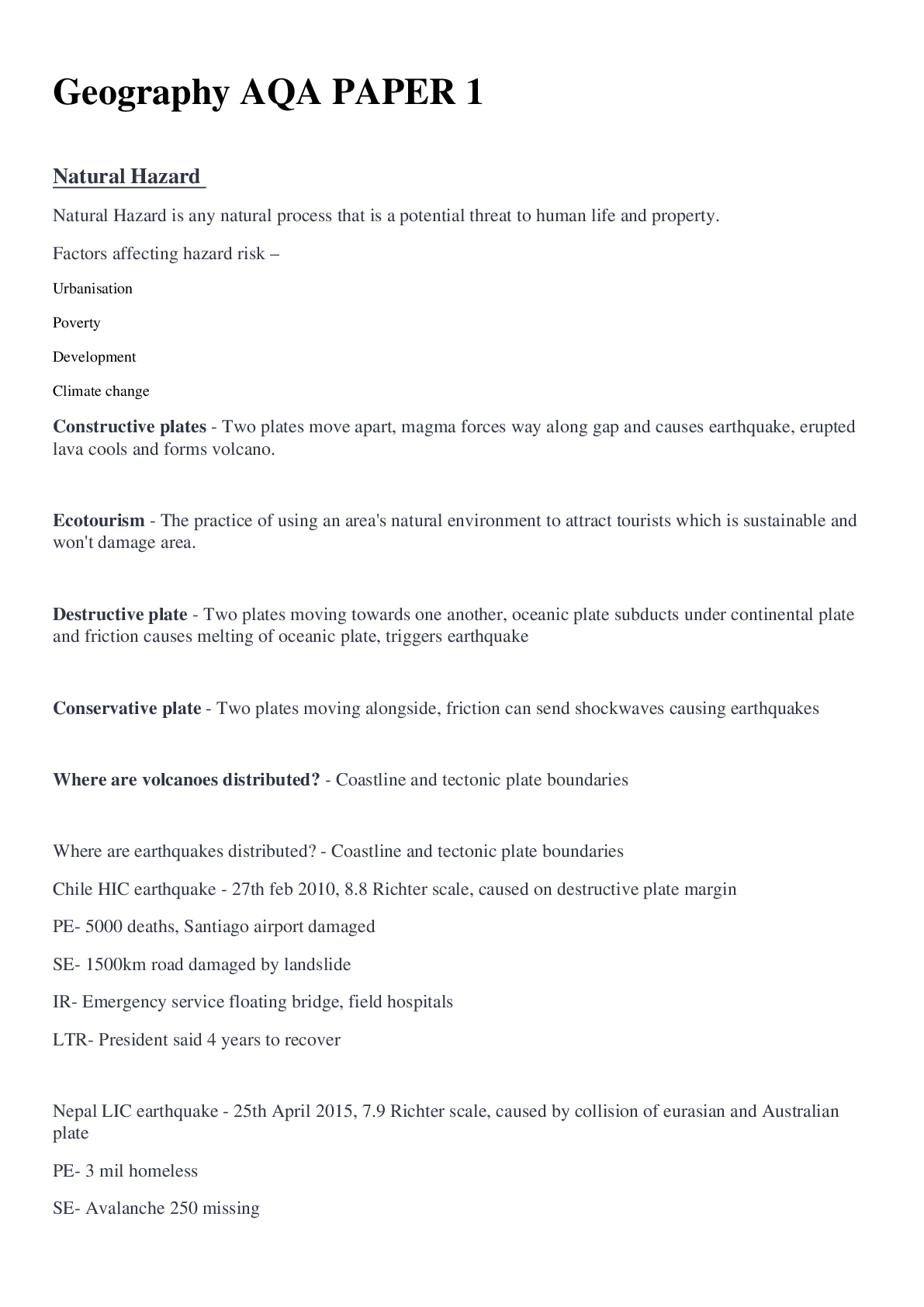


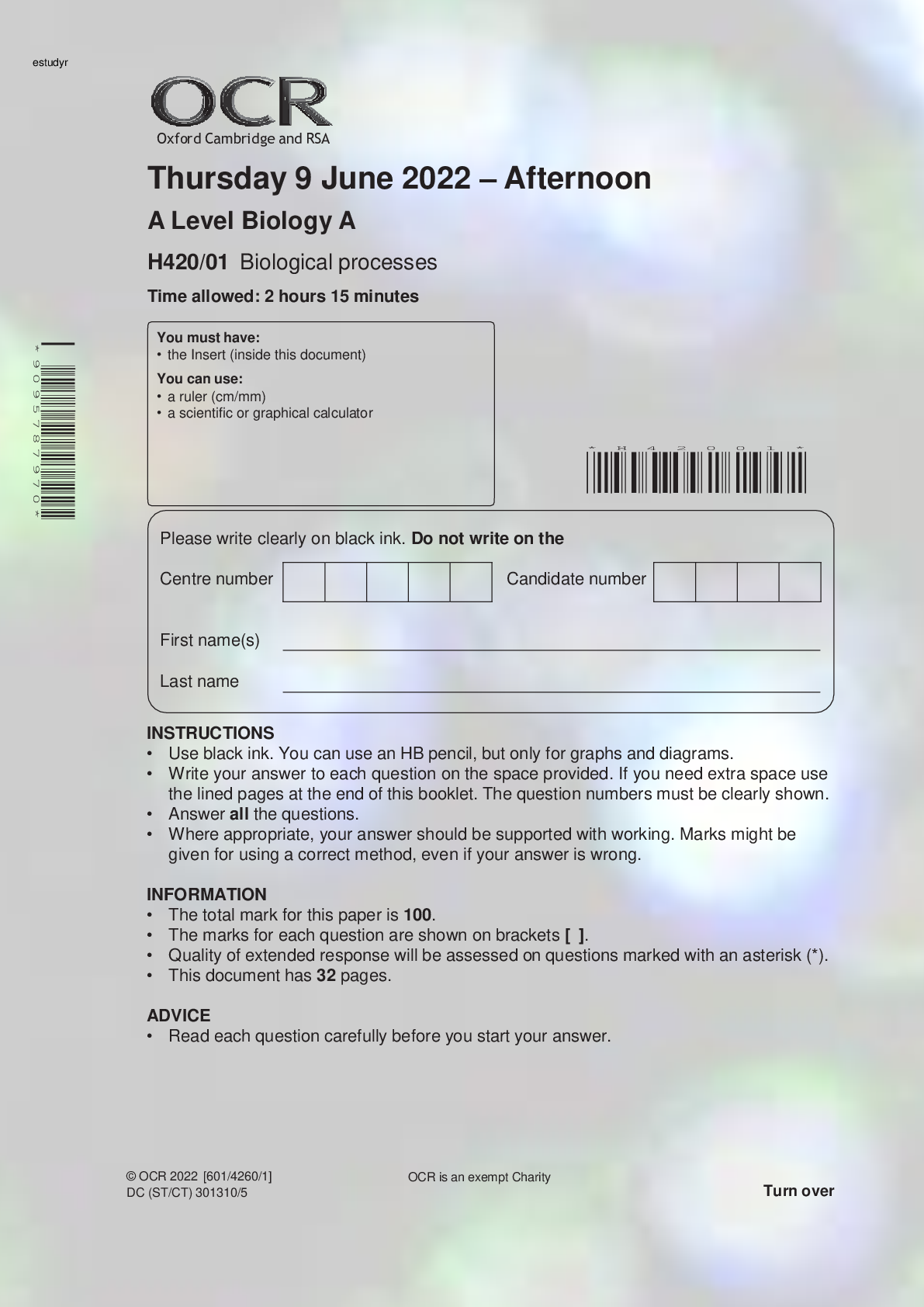

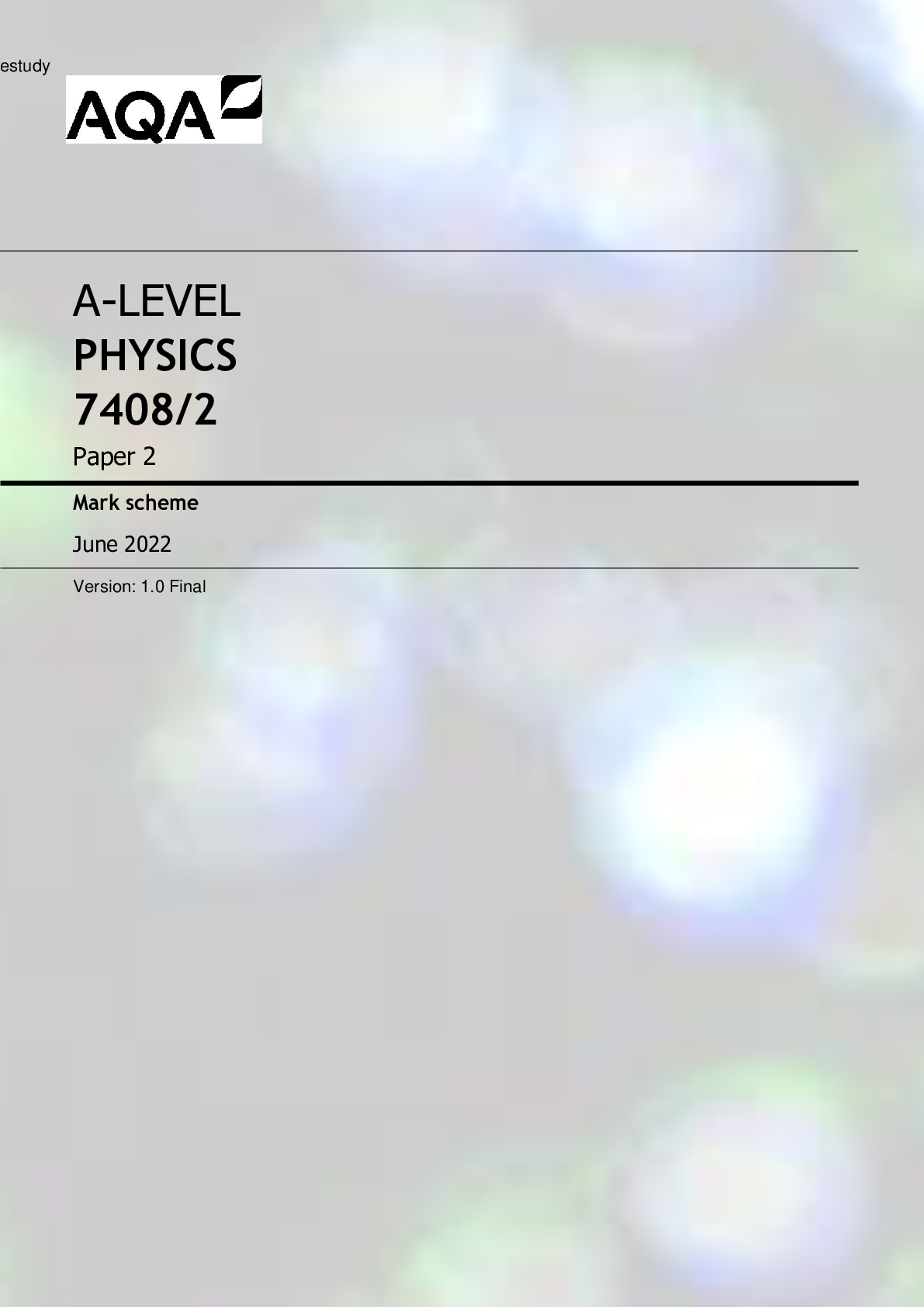

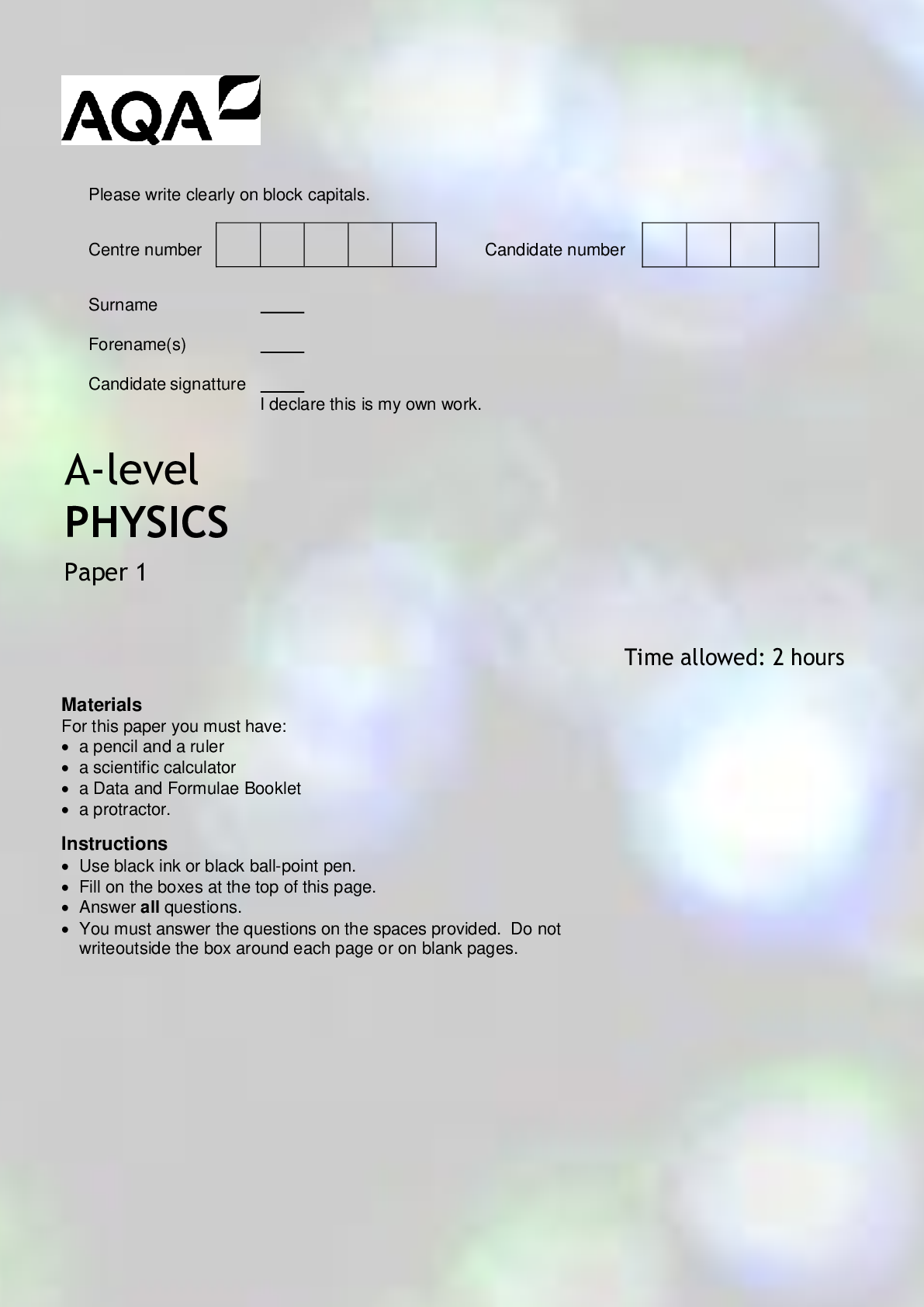

 - Paper 3 v1.png)
 - Paper 2.png)
 - Paper 1.png)

.png)
.png)
.png)
